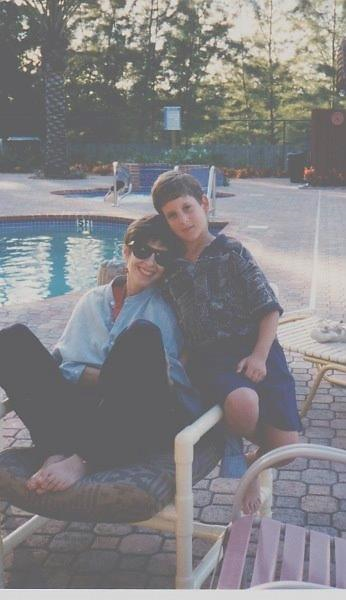When my phone rang in March 1996, I was in no way prepared for what I was about to hear.
I was living in Tokyo, and my friend Linda was calling from Boca Raton, Florida because she needed to talk: her dear friend Marcia had come to live with her—and Marcia was dying.
Linda can describe things so that I get the full wallop of what she’s saying, and that news alone made me sit down and listen.
Marcia—age 40-something and living in New York—had been diagnosed with pancreatic cancer in October 1995. She had decided against chemotherapy and searched instead for a natural cure, and that led her to Hippocrates Health Institute in West Palm Beach. She booked a three-week stay in January 1996. And Linda told me that since Hippocrates is right up the road from Boca Raton, she decided to go with her.
I was flabbergasted. Linda left her husband and three boys to spend a lot of money eating raw foods, drinking wheatgrass juice and learning the finer points of waste elimination. I laughed when she told me how the treatments would make her feel lighter and “bounce like Tigger,” and cried when she said that those three weeks were the best time of their 30-plus years together.
When it came time to leave Hippocrates, Marcia had nowhere to go; she was divorced, and her family members were unable to take her in, so Linda asked her—no, pleaded with her—to come home with her and live out the final weeks of her life.
She had no idea of how long Marcia would go on, but because she was a hospice nurse she did know how bad it could get. I told her to keep me posted as best she could, and then I hung up the phone and prayed.
Then and now, there are measly treatment options for pancreatic cancer. With few exceptions (Ruth Bader Ginsburg is one), by the time the cancer is detected it has already spread to the liver and is beyond a cure. It’s a vicious, tragic disease and in April 1996, Linda called me again. Marcia was gone.
Fast-forward three months: I came back to the States on home leave and traveled to South Florida to spend the weekend with Linda. We went to Wright by the Sea, a quaint motel perched on the ocean in Delray Beach, and talked for three days.
She looked like a faint shadow of her once-vibrant self. Linda had always been thin but now she was all bones; her eyes were sunken and circled by deep shadows; she cried easily and often. The toll that Marcia’s death took was profound and the grief was all-consuming. It had not abated.
Linda described in detail what had transpired during those last weeks, and as she talked I found myself taking notes. This was a story that had to be shared. I had never known anyone who would do something like this for a friend, and I was deeply moved by the grace and scope of her generosity.
When I returned to Tokyo I wrote a nonfiction version of the story and gave it to my friend Ed Papantonio to read. He wisely observed that there were holes in it that kept the story from being as compelling as it could be.

I told him I had two problems: I knew things that I couldn’t disclose, and I didn’t know things I could not find out. He told me to fictionalize it.
This went against my journalistic grain. It felt dishonest. But I knew Ed was right.
If I wanted this incredible story of friendship to reach a wider audience, I had to find my Warrior Spirit. I added background, created new characters, channeled Marcia’s spirit, and filled the holes. The result: Between.




